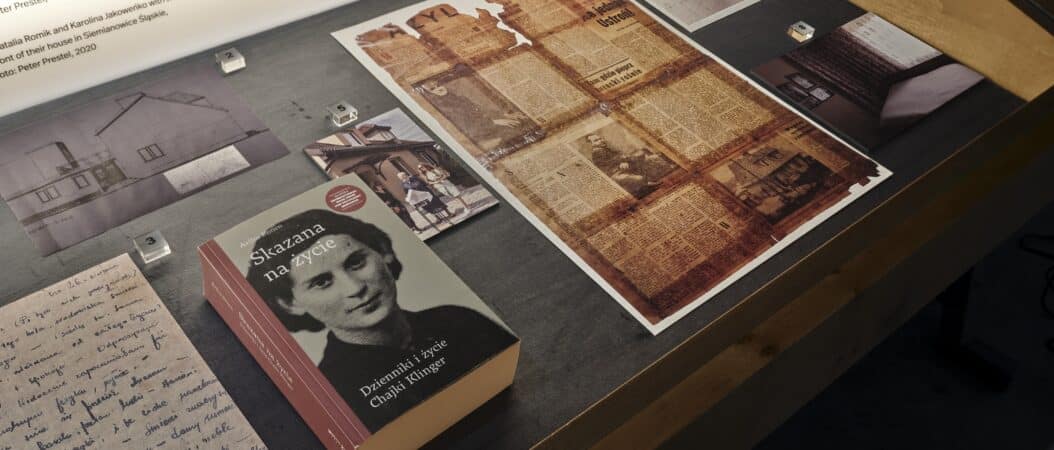
Else Meidner. Melancholia
In the “Art in Exile” room in the Jewish Museum’s permanent exhibition, we present an exhibition of drawn portraits by the…

In Poland and Ukraine during World War II, approximately 50,000 people survived persecution by the German occupying forces in hiding. The majority of them was Jewish. They found refuge in tree hollows, closets, basements, sewers, empty graves, and other precarious locations. Natalia Romik’s exhibition “Hideouts. The Architecture of Survival” pays tribute to these fragile places of refuge and explores their physicality. The show poses basic questions about the relationship between architecture, private life, and the public sphere: it addresses the protective function of spaces and emphasizes the creativity those in hiding brought to bear in their attempt to survive.
In a research project extending over several years, Natalia Romik and an interdisciplinary team of researchers consulted oral histories to identify several hiding places, which they explored using forensic methods. The multimedia exhibition “Hideouts. The Architecture of Survival” presents the results of this research. It consists of sculptures bearing a direct connection to the sites and includes documentary films, forensic recordings, photos, documents, and objects found in the hiding places.